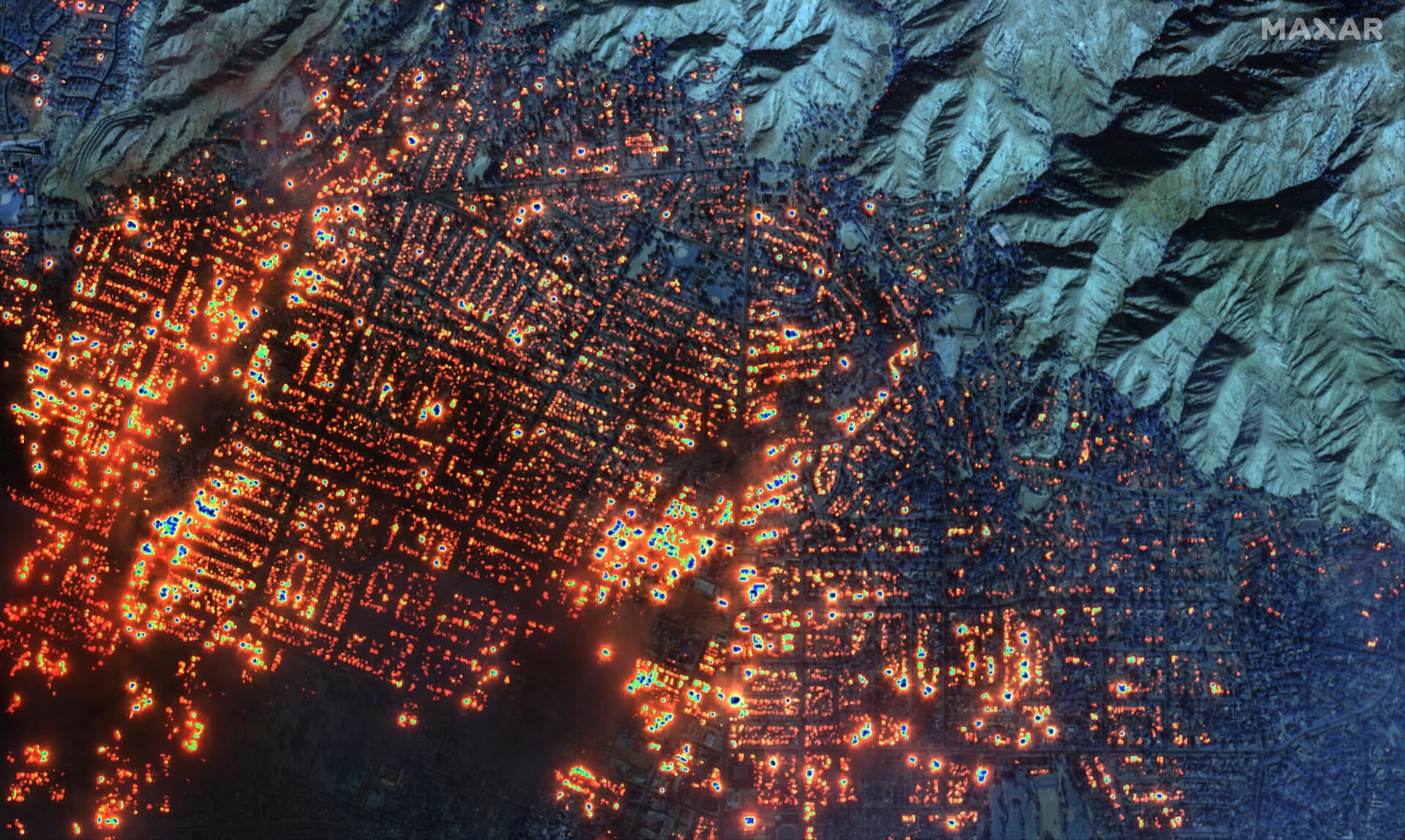An X-ray’d Supernova
Robert Fisher, PhD (BS ’94), a professor at UMass Dartmouth, is one of a group of researchers who are using supercomputer-powered modeling to determine what causes Type Ia supernovae explosions.

NASA/CXC/University of Texas
Understanding these explosions would help solidify baseline measurements about the speed and size of the universe’s expansion, as astronomers rely on light from these explosions to calculate distance in space. This image represents the high-energy, X-ray remnants of one of these explosions, which occurred some 4,500 years ago in the Milky Way galaxy
Related Articles
-

Caltech Alumni Association Announces 2026 Board-Nominated Slate
We are pleased to announce the 2026 board-nominated slate for the Caltech Alumni Association Board of Directors.
-

Scenes from Seminar Day 2025: Techer Families Join a Day of Discovery
View highlights from Caltech’s 88th Seminar Day with a photo gallery of campus tours, faculty lectures, student talks, and the debut of Seminar Day...
-

Support the Caltech and JPL Disaster Relief Fund
Support the Caltech and JPL communities impacted by Southern California's devastating fires.